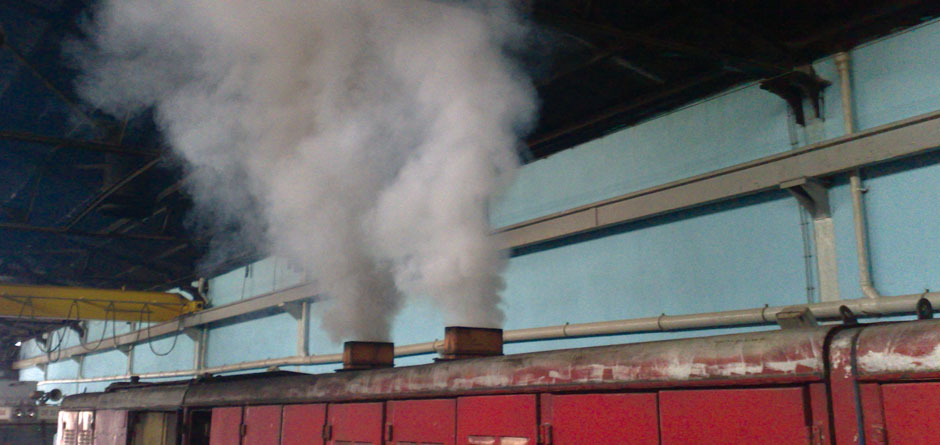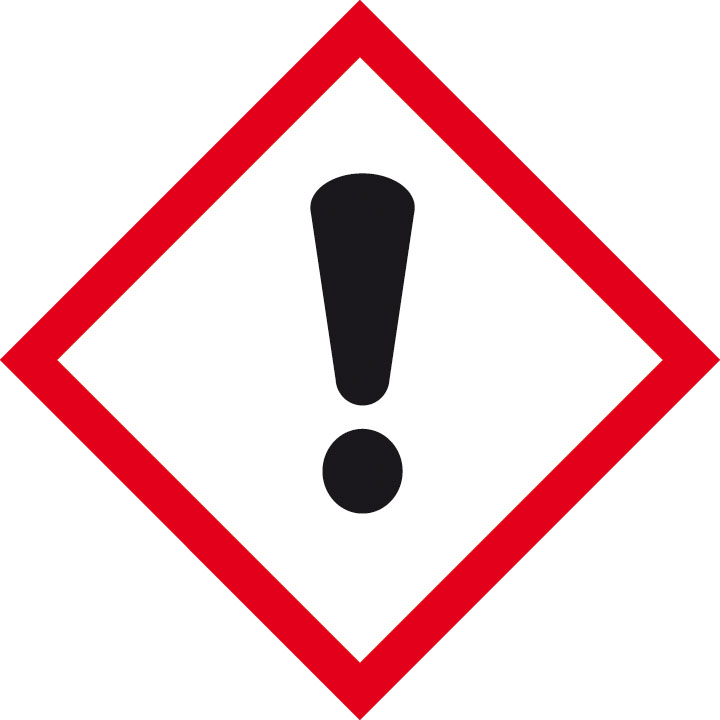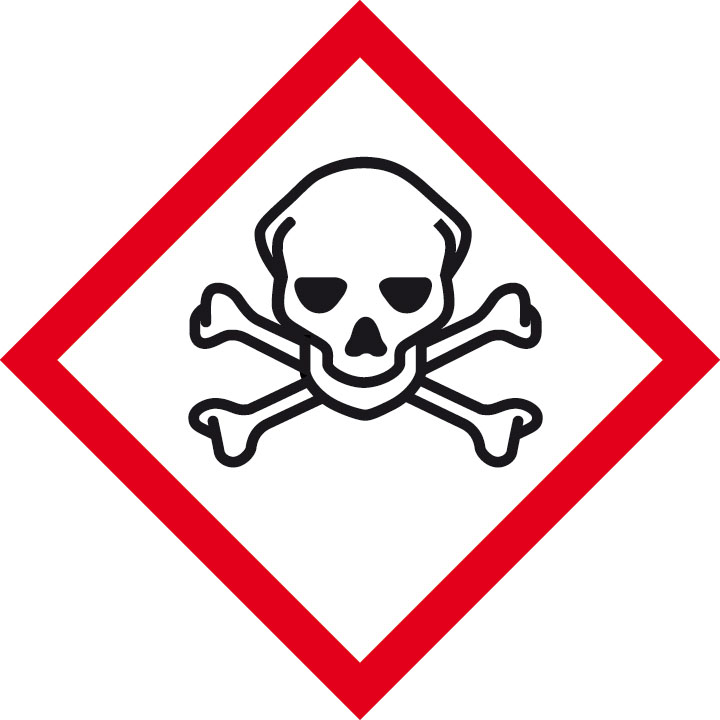
Extracting exhaust fumes – why?
Hazardous rust: Diesel exhaust fumes are a danger to health
Combustion engines from diesel powered rail and fire station vehicles, passenger vehicles, lorries or construction vehicles produce large quantities of toxic emissions (DME) during operation. Also the exhaust gases of gasoline engines still contain a mixture of hazardous substances. If vehicles are serviced in enclosed halls or depots with the engine running, these hazardous substances get into the work area and contaminate the air breathed by the employees. Depending on the engine type and the fuel type, for example carbon monoxides, nitrogen oxides, benzene, hydrocarbons and rust particles are released.
Toxic hazardous material concentration in enclosed spaces
The toxic hazardous material concentration in enclosed spaces quickly reaches toxic levels. The result is irritations of the eyes and respiratory system or complaints involving the circulatory system. The health of the affected employees can be tremendously damaged in the long run. The World Health Organisation (WHO) classifies diesel exhaust gases as potentially carcinogenic. Another very serious problem is also stress from fine dust particles. The inhalation of micro-particles can be genetically harmful and thereby cause cancer and other diseases.




Laws and regulations to protect employees
In order for the employees to literally not get “black eyes”, in many civilised countries Occupational Health and Environmental Controls and regulations are in place to improve the comfort and health of the workers.
Great Britain:
HSE 2003 Control of substances Hazardous to Health Regulations 2002 (COSHH)
It is 40 years since the Health and Safety at Work Act received Royal Assent, providing a new regulatory framework for work place health and safety in Great Britain.
The HSE (Health and Safety Executive) have produced a publication series aimed at the key points employers need to follow to reduce substance exposure to adequate levels (HSE 2003 Control of substances Hazardous to Health Regulations 2002 (COSHH)).
HSG 187 Control of diesel engine exhaust emissions in the workplace
Published 2012. Read more
Occupational cancer burden research
April 2010: Research Report 800 –The Burden of Occupational Cancer in Great Britain: Overview report. Read more
OC292/2: Diesel engine exhaust emissions (Operational circular by HSE)
This OC provides details of the health effects of diesel engine exhaust emissions (DEEEs), gives a summary of the findings from the DEEEs Technical Development Survey (TDS)… and advises (railway) inspectors on control of exposure. Read more
Tip: Download the most important regulations in our Download Centre as a PDF.
Certain protection from extraction at the “source”
Our cost-effective extraction systems offer the only effective protection from toxic exhaust gases: by directly capturing the hazardous materials at the exhaust, precise suction and reliable removal. The hall air remains clean and pollutant-free with an exhaust gas extraction system from Blaschke Umwelttechnik. And your company will meet all applicable regulations on industrial safety.
A healthy environment at the workstation boosts productivity
Cleaner air is not only required by the professional associations or by law to protect the health of the employees. A healthy work environment also has a major effect on the well-being and health of your employees: the best prerequisite for good work performance.
A plus for a cleaner environment
Our systems transport the extracted exhaust gases outward according to the legal regulations. We can optionally also equip your suction units with effective air filters. Then, not only the air at the workstation stay clean but also you and your company are making a valuable contribution to protect our environment.